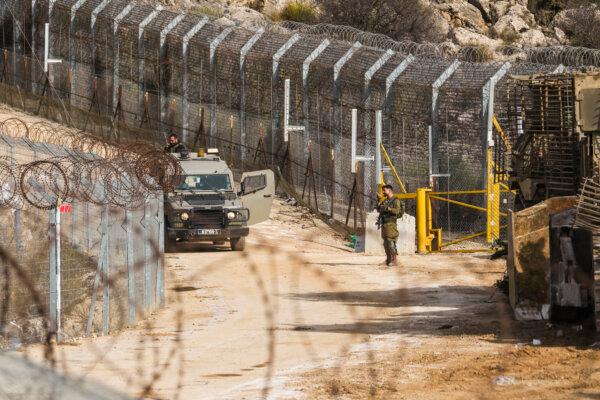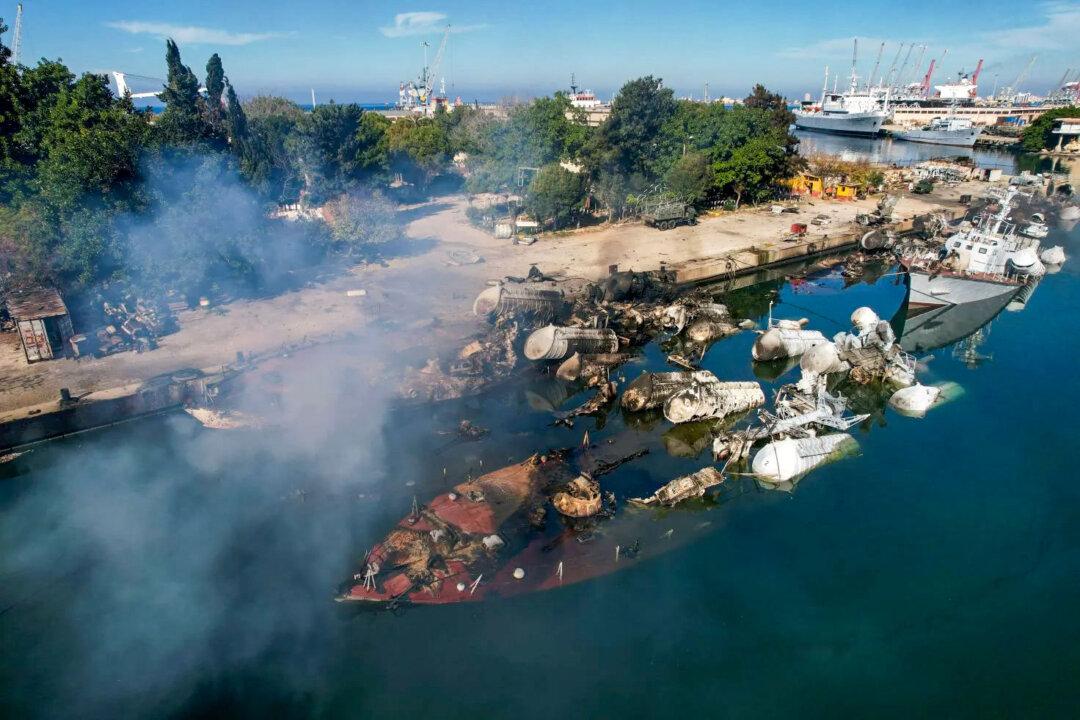Israel has said it has destroyed several Syrian Navy vessels and missile stockpiles to “prevent them from falling into the hands of terrorist elements.”
The Israeli Navy attacked the ports of Latakia and al-Bayda, where 15 Syrian vessels were docked.
On the same webpage, it attached footage of what it said were, “naval vessels in the al-Bayda and Latakia ports destroyed by the Israeli Navy.”
On Dec. 10, Mohammed al-Bashir was sworn in as the interim prime minister of Syria, leading a so-called salvation government until March 1, 2025.
Al-Bashir, who is loyal to the main rebel group, Hayat Tahrir al-Sham (HTS), said on Dec. 10, “Today we held a cabinet meeting that included a team from the salvation government that was working in Idlib and its vicinity, and the government of the ousted regime.”
HTS remains a designated terrorist organization in the United States.
One of those neighbors is Israel, which has sought to prevent anyone in Syria from having the firepower to threaten it.
The IDF said each of the ships that was attacked was fitted with sea-to-sea missiles that posed “threats to civilian and military maritime vessels in the area.”
‘Neutralized’
The IDF claimed to have “neutralized” a number of Scud missiles, cruise missiles, fighter jets, drones, and attack helicopters.Israeli troops have also moved into a buffer zone, including the strategically important Mount Hermon, between the Golan Heights and Syria proper.
Israeli Prime Minister Benjamin Netanyahu said on Dec. 9 his country welcomed the fall of Bashar al-Assad but remained focused on its own security.
HTS, the main rebel group, started as a wing of al-Qaeda. Its leader, Abu Mohammed al-Golani, chose a nom de guerre that is linked to the Golan Heights.
The Golan Heights were part of Syria until 1967, when Israel captured the area during the Six-Day War.
Israel has occupied the plateau ever since and formally annexed the 460 square-mile plateau in 1981.
In 2000 Israel and Syria held talks over a possible peace deal, which would include returning the Golan Heights to Syria, but the negotiations collapsed.

Since the war with Hamas and Hezbollah began on Oct. 7, 2023, northern Israel has regularly been targeted by missiles and drones launched from southern Lebanon, and Netanyahu is wary of a hostile anti-Israeli terrorist group taking over in Damascus.
Planet Labs said the satellite imagery suggested the fleet departed Tartus between Dec. 6 and Dec. 9.
Assad has been given sanctuary in Moscow by Russian President Vladimir Putin, who may be biding his time before he asks the new Syrian regime to negotiate a deal to retain the strategically important naval base at Tartus and an air base in Latakia.







